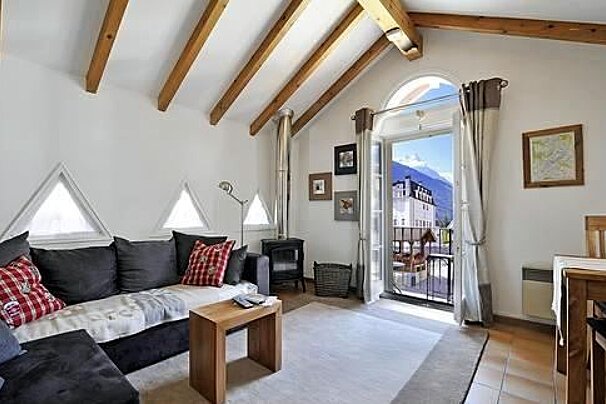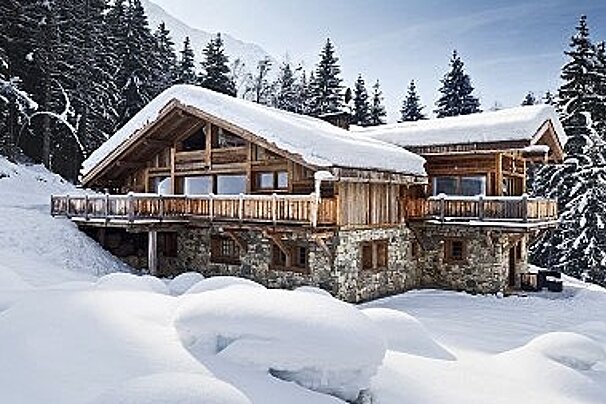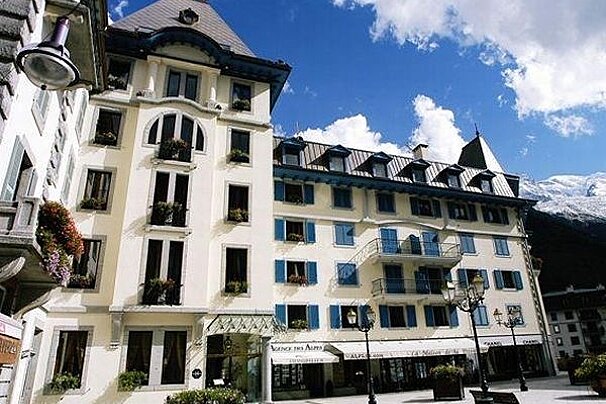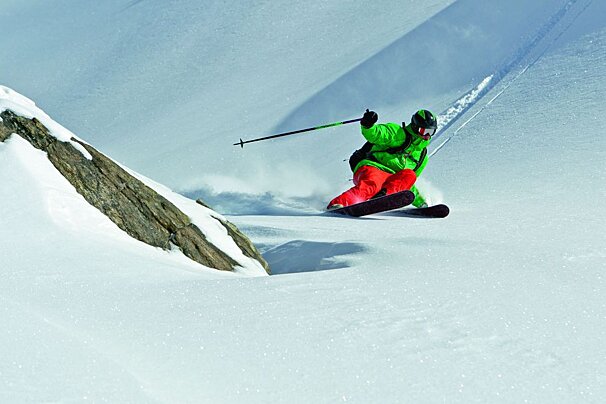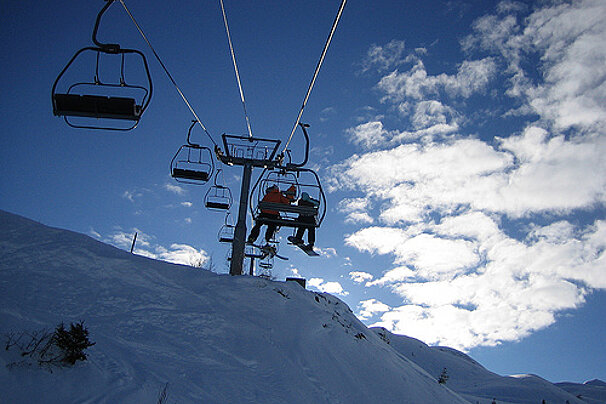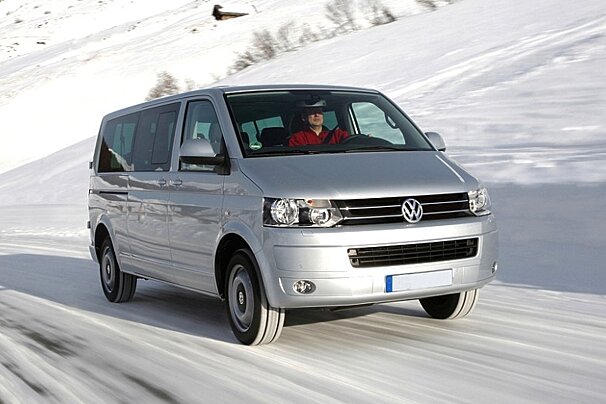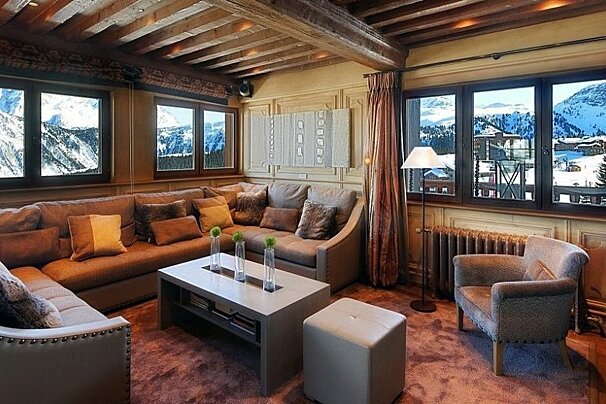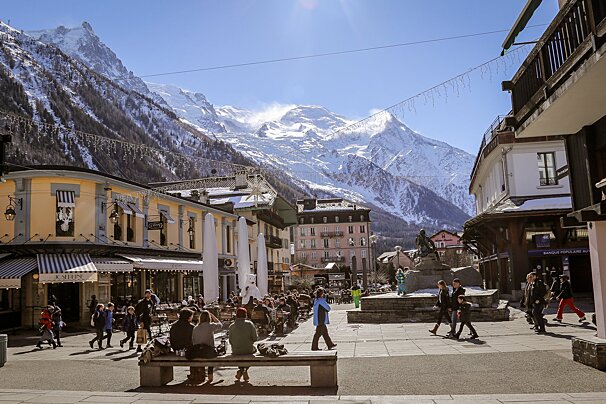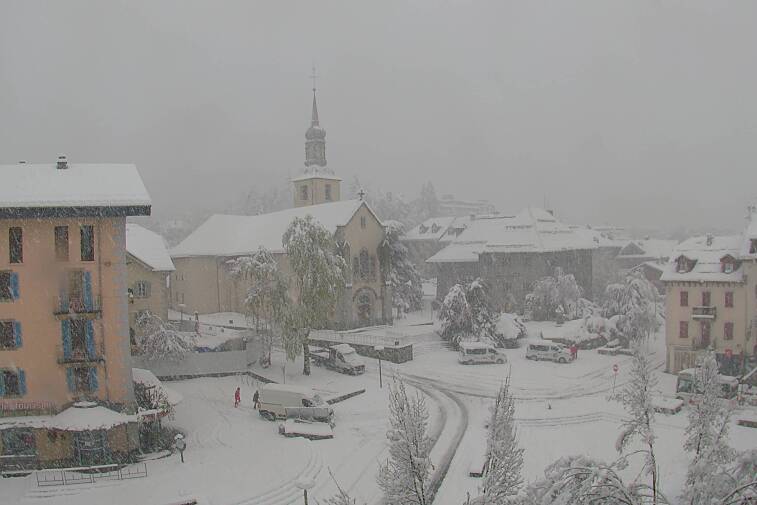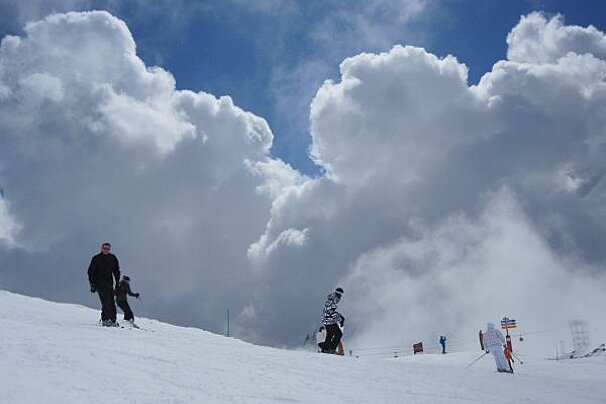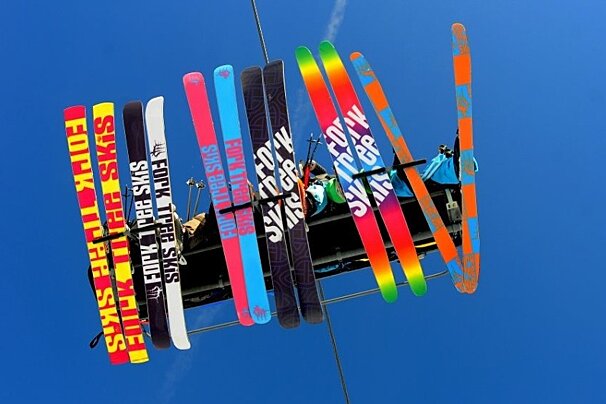Cross Country Skis
Cross-country skiing is very different to downhill and it is a well known that cross-country skiing is one of the most difficult endurance winter sports as its uses many muscle groups in the body, and burns calories in their thousands on a hourly basis!! Generally, resorts will designate specific areas of the resort for cross-country skiing where tracks and trails are carved out specifically for that purpose. Prepared trails will have two parallel grooves cut into the snow to assist in the direction of the ski.
Cross country skis are very thin and lightweight. Typically, ski dimensions are 2 metres in length and about 5 centimetres in width, with a thickness of one to four centimetres, depending on the ski brand. Skis are generally fit to the skier based on height or weight. Like Telemark and Touring skis, the bindings in a cross-country ski are attached only at the toe. Boots used to attach the ski are similar to running shoes, and poles used will generally be longer to assist in the pushing motion.
There are four core techniques when cross country skiing:
- Herringbone - which used for climbing steep hills leaving tracks of a distinct pattern in the snow
- Diagonal stride - which basically mimics an exaggerated running motion used when parallel motion of the skis is in use
- Double pole with kick - what you see is what you pretty much get! Both poles are planted simultaneously to give a powerful thrust then as the poles swing forwards again a single leg kick is made
- Double pole - same as above but without the kick!
It has been said that if you have had experience with skiing downhill, you are more likely to have a good sense of balance which will help you to pick up cross-country skiing quicker, we've yet to test this theory though, we'll let you know how we get on !
